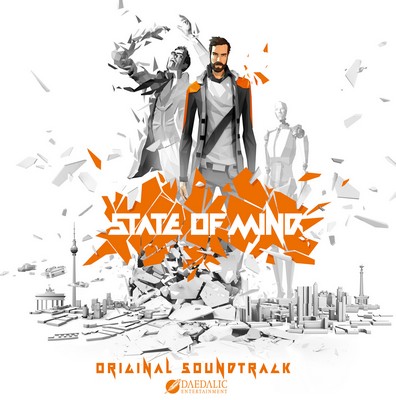

mother/grandmother/etc, as well as figuring out their name. She focuses on one, and you are able to guess their relationship to her, i.e. A participant states the names of three women that are important to them, and imagines them standing in front of her. Heritage - This is one approach to an impromptu name guess. The Line Test - A drawing prediction effect, presented under the guise of a psychological test-similar to an inkblot test. The rest of the effects featured in this book are achieved through genuine psychological manipulation techniques. Mental Bending is the only effect which uses a gimmick which is easy to make. I won't give away the surprise, but this comes across as the real thing, and I'm confident in saying that it's worth the price of this manuscript all on it's own. This is not a coin bend, nor is it a mental coin bend. I would prefer if purchasers were fairly vague about what happens in this routine, as there is no other psychokinetic metal plot like this on the market. I won't say anything more than that, but the routine takes a crazy twist at the end.

Mental Bending - A participant is given a quarter to hold-or any metal coin-and you cause them to feel the coin change shape in their fist altering and bending the person's mental image of what they're holding. Here is a brief description of the contents:

Some of this work is genuine mind reading, achieved in a very surefire, organic way. As with all scientific research, there is also a risk of publication bias.State of Mind is a collection of psychological effects that approach real mind reading. These results are promising, but more research is needed to determine the connection between improved assessment scores and everyday tasks in participants' lives.įuture research should address the risk of inadvertent experimenter bias and the risk of attrition bias in this study, as both the Lumosity and crossword groups had approximately 50% attrition rate. In it, half of the 4,715 participants who completed the study trained five days per week, for fifteen minutes each day on Lumosity while the other half did online crossword puzzles as an active control.Īfter 10 weeks, Lumosity users improved more than the control group on our assessments of working memory, short term memory, processing speed, problem solving, fluid reasoning, and overall cognitive function.

Lumos Labs conducted a randomized study of Lumosity brain training and published the results in a peer-reviewed research journal.


 0 kommentar(er)
0 kommentar(er)
